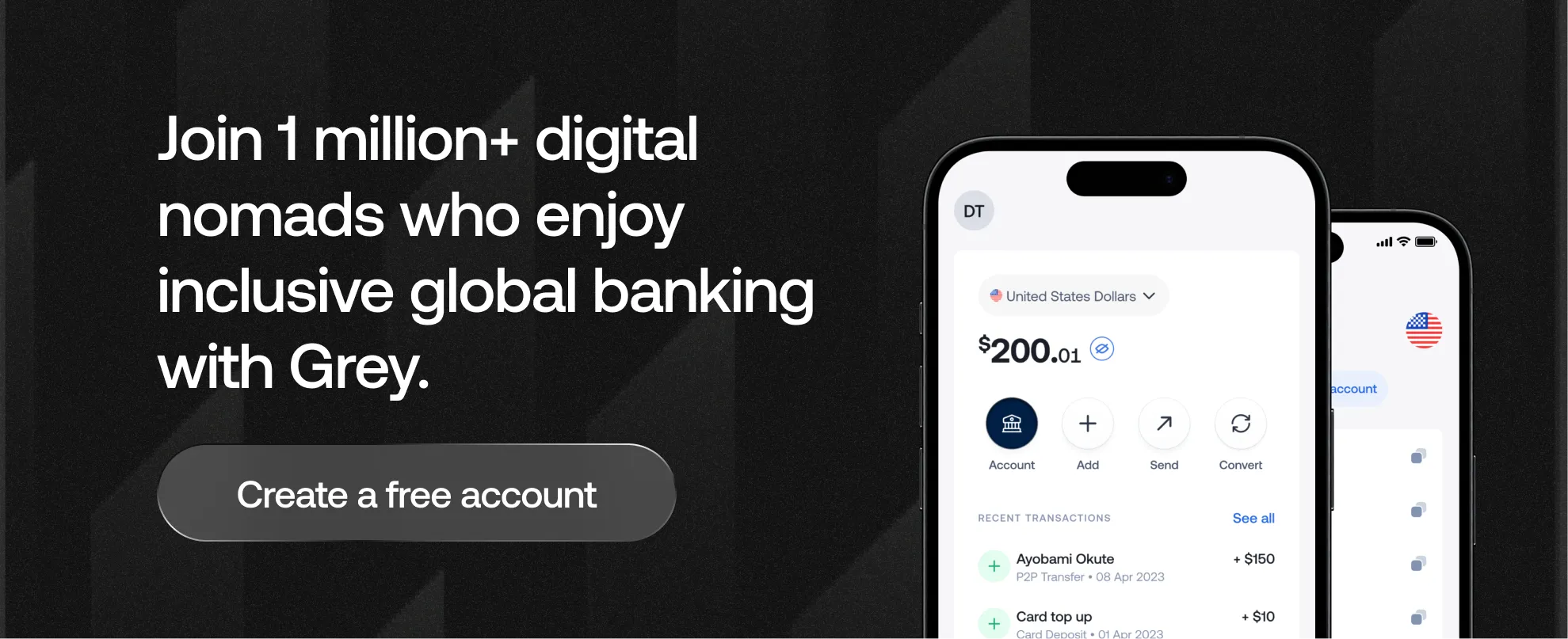

Getting paid as a freelancer shouldn’t feel like a guessing game, but for many, it often does. Between currency conversions, invoicing errors, and payment delays, a lot can go wrong when dealing with international clients. One small mistake can cost you time, money, or even your credibility. Whether you're new to freelancing or have years of experience, tightening up your billing process is essential. In this article, we break down common mistakes freelancers make when billing foreign clients
Read also: Top 5 mistakes freelancers make with international payments
If you’re billing clients in euros, pounds, or dollars, but your bank only accepts your local currency, you're probably losing money on every transaction. Most platforms or banks will auto-convert funds at poor exchange rates and charge hidden fees, often without notice. Over time, these small losses can add up, especially if you’re working with multiple international clients. Without a way to receive and hold different currencies, you also miss out on the chance to manage your money wisely, like waiting for better exchange rates or avoiding unnecessary conversions altogether.
Tip: Open a multi-currency account that allows you to bill clients in their local currency and receive payments without forced conversions.
It’s easy to overlook small but important details like the client’s billing address, agreed currency, project description, or payment due date. But these oversights can lead to confusion and delay your payment. Even worse, some freelancers don’t send invoices at all, assuming the client will remember to pay. That’s a quick way to end up chasing payments that may never arrive.
Tip: Use an invoicing tool that saves templates, reminds you to bill, and includes all necessary fields to avoid errors.
Read also: How to invoice clients in the USA as a freelancer in China
No matter how friendly your client seems, working without a contract is a risky move. It might feel unnecessary at the start, especially if you trust the client or if the project feels small, but without a clear, signed agreement, things can quickly go sideways. Payment terms can be misunderstood, deadlines may shift, and scope creep becomes harder to manage. And if there’s ever a disagreement about how much you’re owed or when payment is due, you’ll have little more than scattered email threads to back you up.
Tip: Always set expectations upfront. Include payment milestones, timelines, currency, and late fees in your contract. It protects both you and the client.
Read also: Freelance contracts 101: why you need them and what to include
Not all payment platforms are built for speed or transparency. Some can take anywhere from a few days to an entire week to process international transfers, especially if the payment falls close to a weekend or public holiday. That kind of delay can throw off your cash flow, making it harder to cover essentials like rent, bills, or even business expenses. For freelancers who rely on timely payments to stay afloat, these slow processing times can quickly become a major source of stress.
Tip: Research platforms that offer fast and trackable international payments, so you're not stuck in limbo.
Read also: The best currencies to hold for global freelancers
Trying to get a better exchange rate through unofficial channels might seem like a smart move, but it often comes with serious risks. Many freelancers have lost part or all of their payments by using unregulated or black market exchangers. These transactions are usually untraceable, offer no protection if something goes wrong, and in some cases, may even be illegal. Beyond the financial loss, using such channels could flag your account for suspicious activity, putting future payments at risk.
Tip: Stick with licensed providers that offer competitive, transparent exchange rates, and actual customer support in case things go wrong.
Sending an invoice isn’t the end of the billing process, it’s just one step. Some freelancers send it and move on, expecting the client to remember and pay without any reminders. But in reality, invoices can get buried in busy inboxes, overlooked, or simply forgotten. If you’re not actively following up, you risk letting payments slip through the cracks. A gentle reminder, sent a few days after the due date, can make all the difference.
Freelancers often lose money not because they didn’t work hard, but because they made avoidable payment mistakes. From using platforms with hidden fees to sending incomplete invoices or relying on slow, unreliable methods, these errors can hurt your cash flow, damage your credibility, and frustrate clients.
Grey simplifies this entire process. With fast processing, transparent fees, and multi-currency support, Grey ensures freelancers get paid quickly, securely, and on their terms. Sign up or download the Grey app today to make international payments simple.




.svg)
Back to top